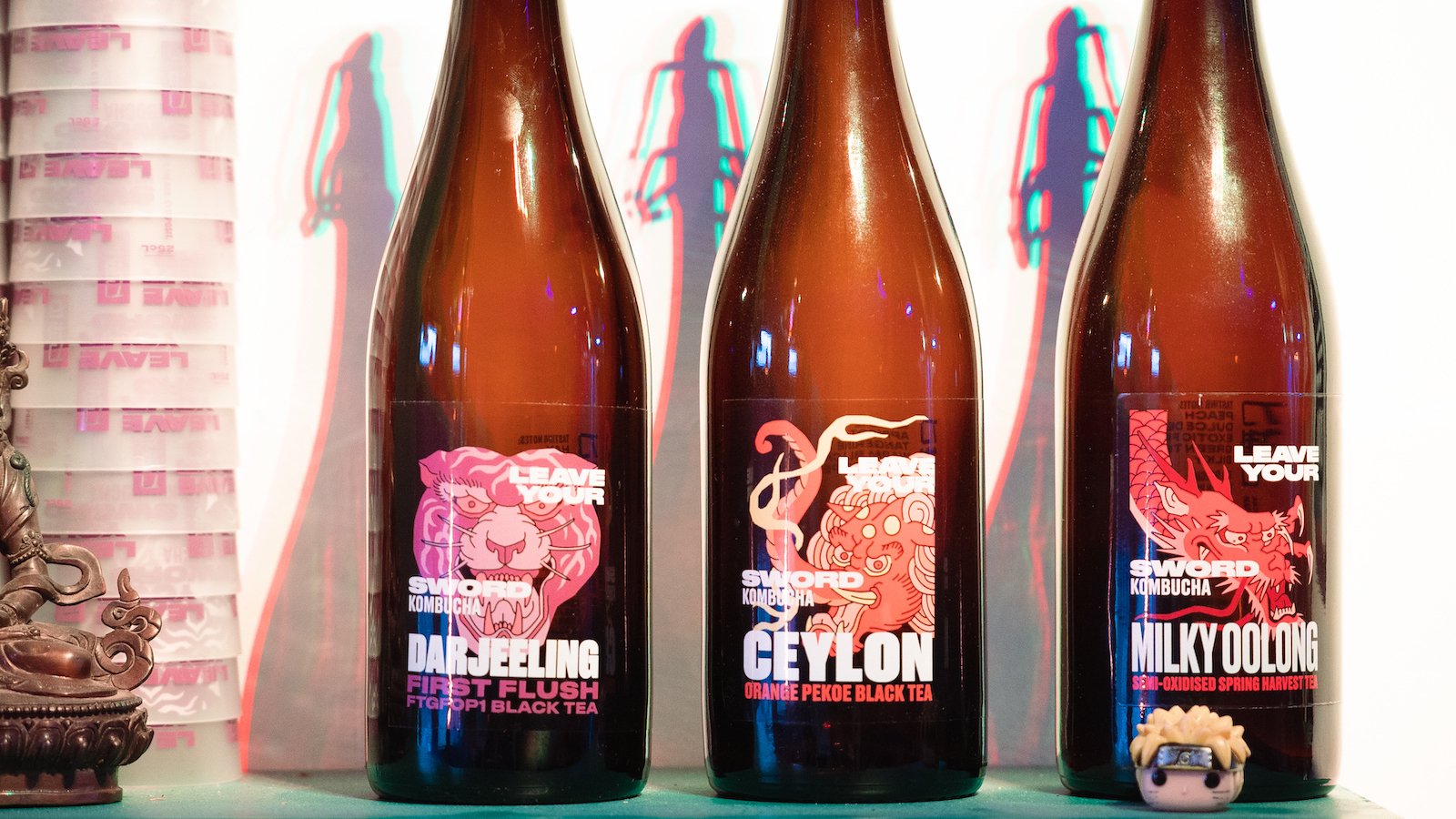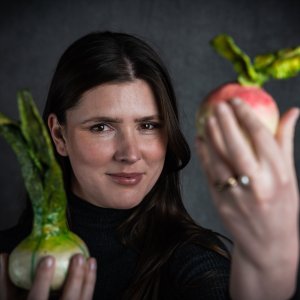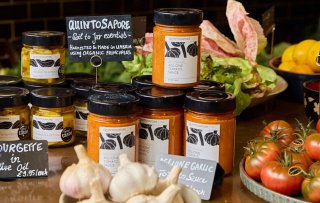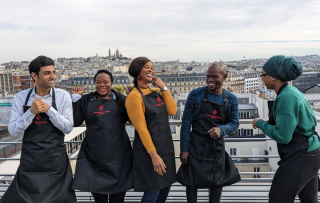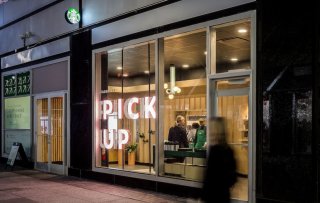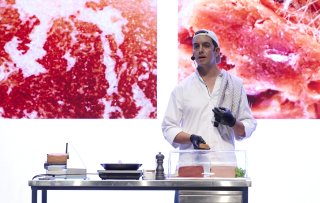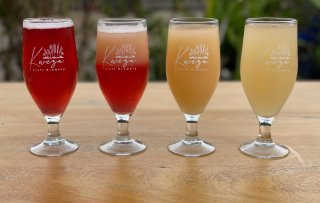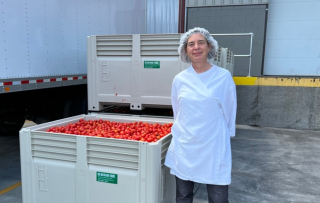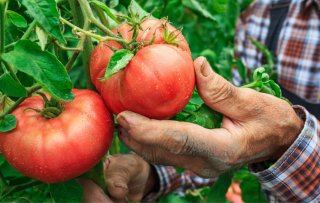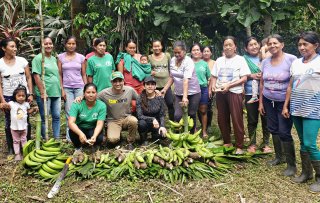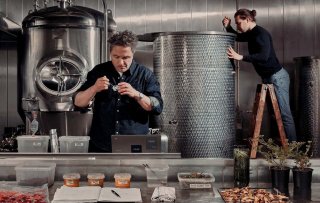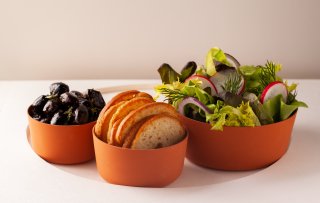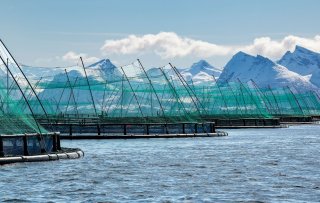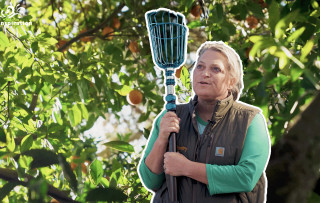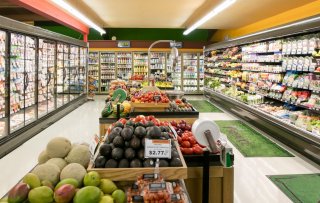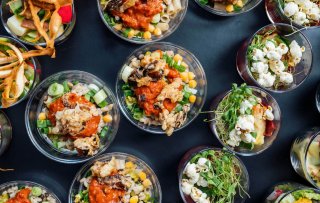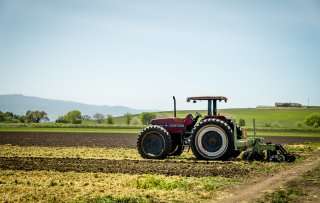Nicolas Adam is the founder of Leave Your Sword brewery in Amsterdam, the Netherlands. Trained as a chef, and specialized in pastry – he now devotes his creativity to brewing kombucha. He started his company because he fell in love with the process and wanted to create an original drink that was unlike any other kombuchas on the market.
“In my work I'm always driven by flavor. Before I started my own kombucha brewery I was a chef at restaurant De Ceuvel in Amsterdam. A restaurant with a plant-based menu and a strong focus on sustainability. When you experiment with vegetarian food, a logical step is to start experimenting with fermentation. The different techniques help you to get the right acidity or a different texture with vegetables.”
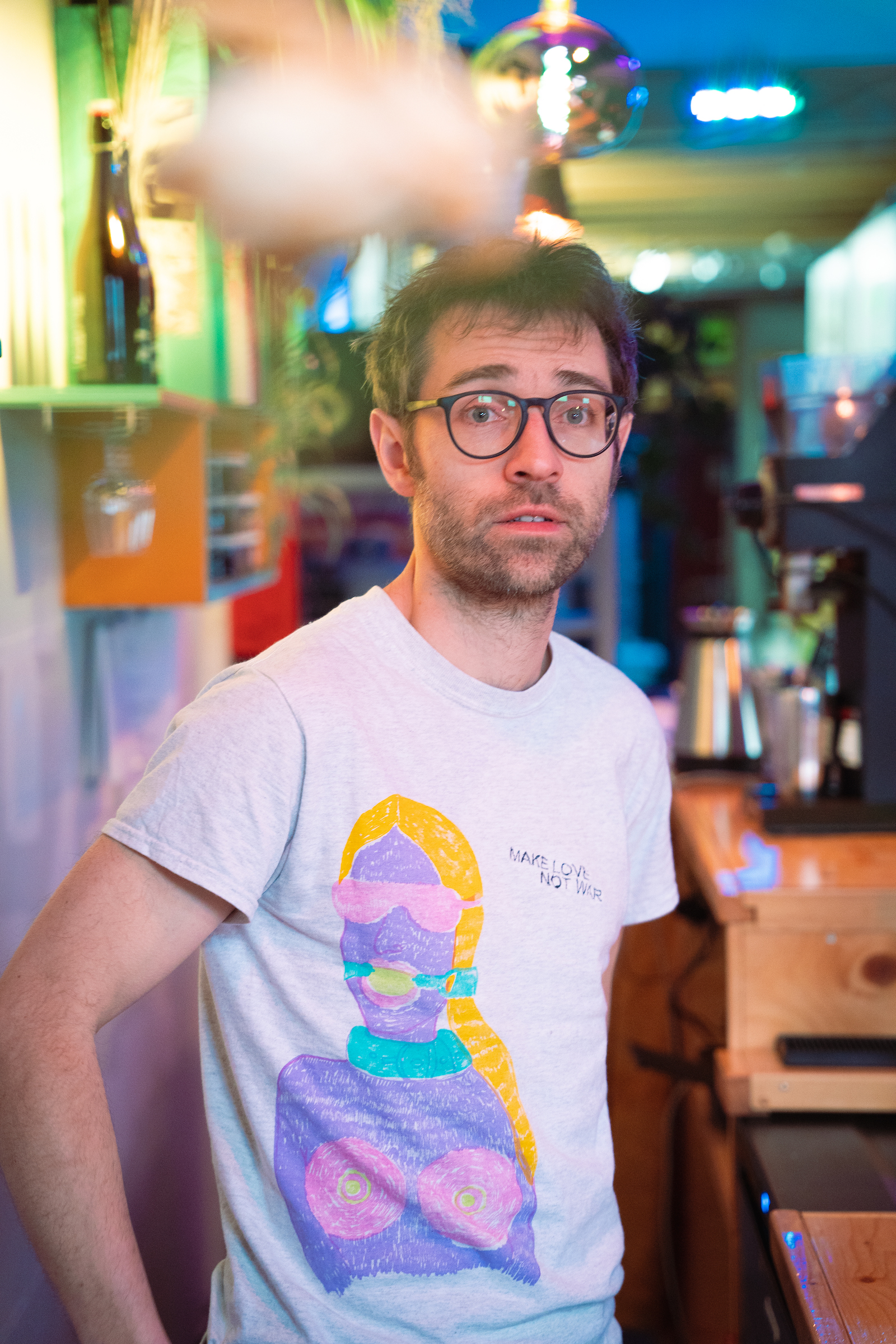
Expressing creativity
“During my time at De Ceuvel I discovered that brewing kombucha was a really interesting medium; a way of expressing my creativity in the world of flavor. At that point I had been working as a chef for over 10 years and the field of brewing drinks was new and interesting to me. Also, I was kind of fed up with the limited drink selection I found around me, especially in the low/non alcoholic field. That’s when I started brewing kombucha.”
“To make kombucha you need tea, water, sugar, and a ‘scoby’ - short for symbiotic culture of bacteria and yeast. Most of the kombuchas that are on the market today are brewed with a blend of green and black tea, after which most companies add fruit juices or spices to create flavor.”
Tea; the star of the show
“While I was exploring the field of kombucha I wondered why there were no breweries that flavor their kombucha with just tea, which is in fact the main ingredient already. All the kombucha I found had the same flavor profile - there was a lot of ginger involved. None of them had tea flavors remaining. So I started experimenting with different kinds of teas as flavors, so that I could create a new kind of kombucha. This way of brewing is more similar to the original ways of brewing kombucha, which already happened thousands of years ago in China. Kombucha was also a very common drink in Germany in the beginning of the 1900s, long before it regained popularity about 20 years ago in the US.”
“Our kombucha is a living natural product – unfiltered, unpasteurized, and naturally carbonated just like a natural wine. The goal of our brewing process is to interfere as little as possible, giving the tea and mother nature the freedom to develop their own delicious flavors. It’s bottle-aged for five weeks, which allows it to develop in complexity and flavor over time, while staying true to the unique characteristics of the tea it was made with. We never use artificial flavors or preservatives because we want the tea, and only the tea, to be the star of the show.”
Single estate premium tea
“In my original product line I have three flavors; Jasmine, Earl Grey and Lapsang Souchong. I chose Jasmine because it has a nice flowery taste to it. It’s the most widely consumed tea in China. To counter that I chose a kombucha made of Earl Grey because it’s the tea flavor that completely changed the tea-drinking landscape in Europe during the 1900s. Lastly, I made a kombucha with Lapsang Souchong, which is a smoked tea. It’s so completely different in taste from the other two, so I thought it would be fun to add.”
“After our first line I wanted to dive deeper into the traditions of tea, using only single estate leaves. I was kind of inspired by the tradition of wine making; working with grapes from a certain origin and certain estate. The teas in our second line are brewed from single tea gardens. While selecting teas we look for the best profile from that origin. Based on the year of harvest, we choose which grade of leaves we want to use and manage the fermentation process carefully to brew the most refined aromas. In the kombuchas from this product line you can almost taste the climate and location of origin.”
“For example, our Ceylon kombucha is brewed from tea from the Neluwa Garden in the South West of Sri Linka. The leaves have the Orange Pekoe grade, which is one of the highest grades in South Asian teas. I also have a beautiful Milky Oolong kombucha brewed with semi-oxidized green tea from Fujian province. It has a rather thick, almost creamy texture, and when we age it, it gets fruity notes. The tea we use for our Darjeeling kombucha comes from a plantation with trees that are more than 120 years old in the southwest of Bengal in India. We use Orange Pekoe first flush leaves. After aging you can almost compare the flavor profile with barrel aged calvados or cider.”
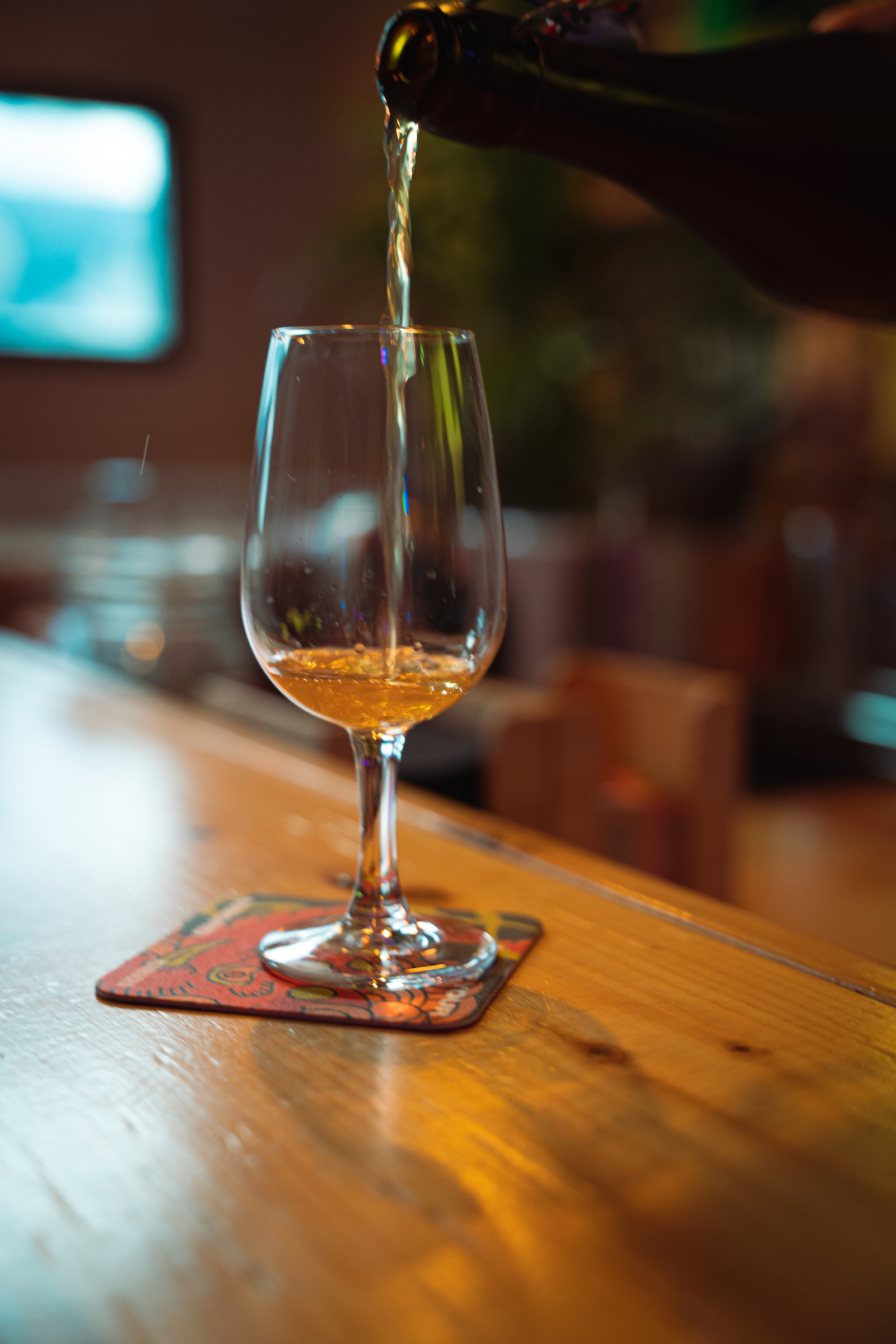
Leave your sword
“Starting my own business was such a great way for me to unleash my creativity. Brewing kombucha is a super playful process. I use inspiration from different fields like wine and beer making. I also really like to go back to the roots of tea production, learning about old techniques and doing research on ancient traditions. Even our name is inspired by the tradition of Japanese tea ceremonies, where samurai were asked to leave their sword at the door. We see it as an invitation to leave behind any preconceptions you might have about how kombucha should be created and consumed.”
“One of the main goals with Leave Your Sword is to create a new kind of kombucha that can be used for food pairings and can be put on the menus of great restaurants. My drinks have to be just as good as a really great wine.”
Food pairings
“The Lapsang Souchong kombucha for example goes really well with oysters. It was actually inspired by the well known combination of whiskey and oysters. Because of the smokeyness of the Lasang Souchong, the oysters taste almost sweet. The Earl Grey kombucha goes really well with fruits and desserts. The Jasmine I really like to pair with seafood dishes, either cold or warm. The Ceylon and the Darjeeling go great with more robust dishes with game or even a really nice mushroom dish.”
“Besides brewing kombucha, I also make pastries. It has always been something I was interested in during culinary school in Paris. I started making pastries again to serve during tastings to show how nicely the kombucha could be used in food pairings. But the pastries itself also became successful. Especially the brioche bread I make – sakekasu, a resproduct of sake – which is popular among chefs who are doing pop-ups. It is really nice to see that my products are being served in restaurants, but past years COVID-19 has also shown me that I don’t want to be dependent on just the restaurant industry.”
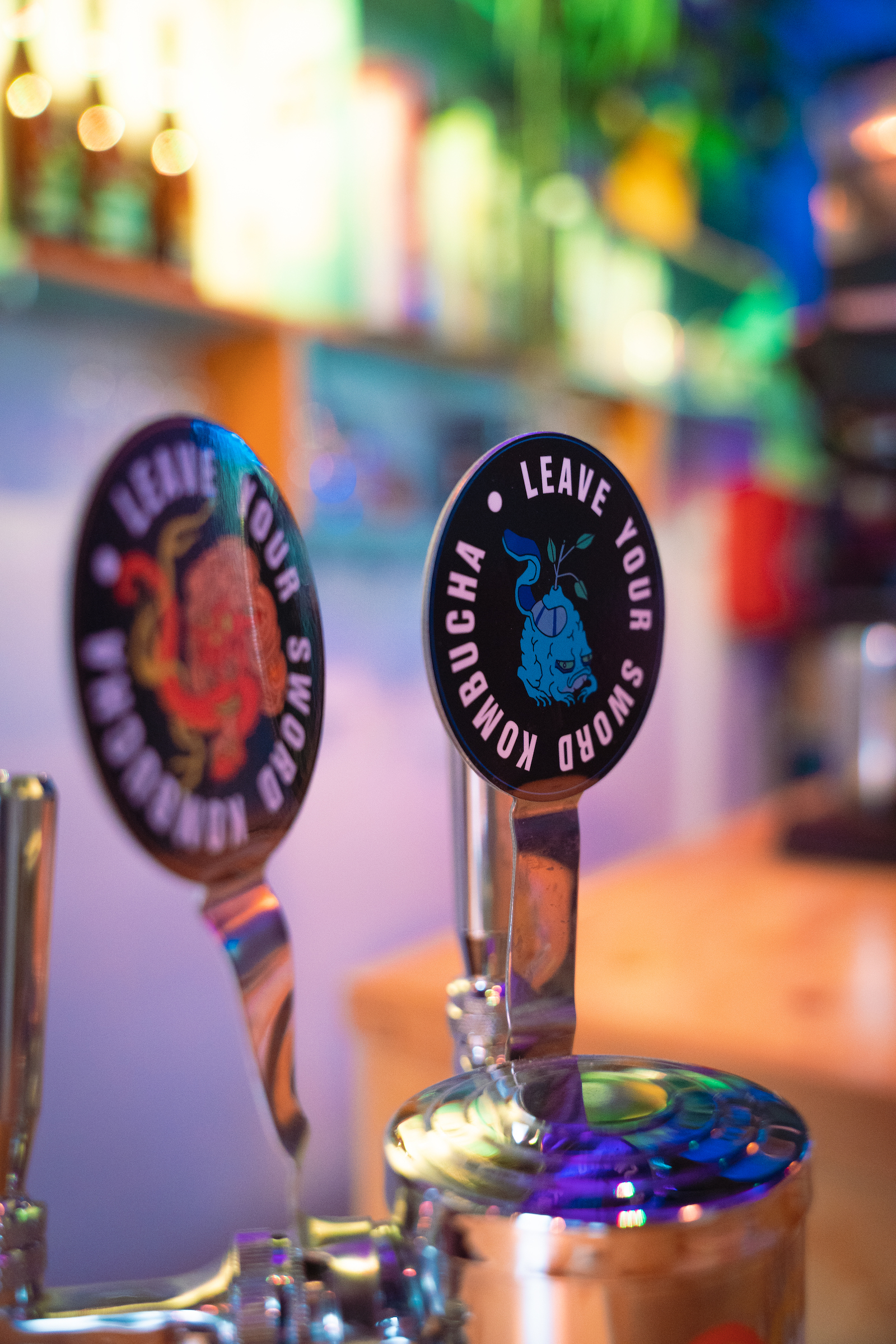
Guarding the creative process
“Currently we are in a phase of moving and expanding our brewery to a new and bigger location so we can cater customers directly. This way there’s also more room to age and bottle the kombuchas; some of them we age for years to create a beautiful complex unexpected taste. Growing as a small business is hard sometimes; I generate all funds by myself. The past couple of years multiple big brands have shown interest in my kombuchas. It always ends in the same way; them wanting to industrialize the proces, making everything more efficient and scalable. But they don’t have any interest in the tradition and backstory; and most importantly they are not driven by taste. So for me that’s a no-go.”
 Written by
Written by 